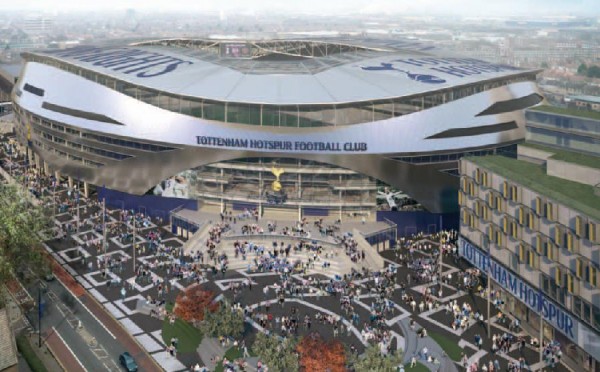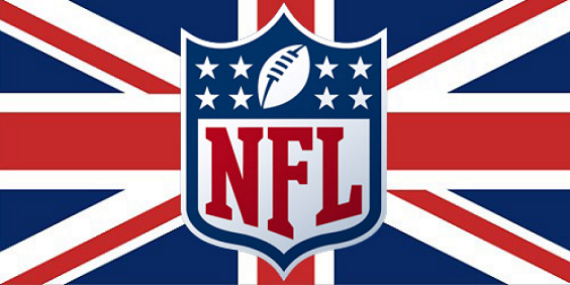Is relocation for the Chargers, Raiders or Rams a serious consideration? Or has setting the table for expansion been the plan all along…
If you’ve been following the NFL’s actions in the past decade, Deflategate being a notable example, you’ll know there’s always an underlying agenda at play.
With the NFL calendar in a lull, the spotlight shifts to the ongoing drama of franchise relocations, which is currently dominating the sparse NFL news coverage.
We won’t delve into speculative discussions about franchise relocations here; it’s simply a waste of both text and time.
Currently, there are three robust NFL markets in contention: Oakland, San Diego, and St. Louis. Based on reports from each market, it’s unclear how any of these situations will unfold.
The news has been fluctuating over the past few months in each of these markets.
At times, it seemed like one franchise was on the verge of relocating, only for the organizations and cities to inch back toward the negotiating table.
But isn’t this how it usually goes?
Let’s be frank. Every new stadium discussion comes with a clear political and negotiation element, so the credibility and motives behind any news should always be questioned.
The initial inquiry should always be, “What’s the real story?”
Reportedly, San Diego has finally engaged in discussions with the city, likely spurred by the stadium concerns in Carson, CA.
Oakland is working to bridge a funding gap by June 21st but has enigmatic backup plans in case that falls through.
St. Louis is admittedly in the most peculiar situation, with Missouri lawmakers recently suing the governor over the use of tax funds for a new stadium while Rams owner Stan Kroenke advances his real estate development plans for an LA stadium.

Keeping track of it all can be quite a challenge, no doubt.
Especially when each new development is likely a strategic move to exert public pressure and posture for a better deal on a new home.
In each of these markets, there’s a dedicated fan base eager to secure a new stadium deal to keep their beloved franchises where they belong.
It’s a fundamental truth that fear tends to lead to more favorable terms in negotiations.
After all, the team owners are simply seeking the best possible deal, as any savvy businessperson would.
However, at the core of all this relocation chatter, it’s crucial to remember that 24 out of 32 owners would need to vote in favor of a move.
Furthermore, any team making the move would have to cough up a substantial relocation fee, with recent reports even mentioning figures as high as $500 million. That’s a hefty sum.
Both the vote and accepting such a fee appear highly improbable when you consider that any move entails departing from a well-established and successful NFL market.
Growth is the real goal, not league or game integrity. Good grief, if you haven’t picked up on that by now I’m not sure you really follow the NFL.
In all likelihood, the most probable scenario in these situations is that each market is engaging in the time-honored professional sports tradition of a high-stakes game of new stadium brinkmanship.
According to the NFL’s relocation bylaws, “Clubs are obligated to work diligently and in good faith to obtain and to maintain suitable stadium facilities in their home territories, and to operate in a manner that maximizes fan support in their current home community.”
In the grand scheme of things, it seems that all three markets are gearing up to meet these obligations.
However, the odds are favoring Los Angeles as the next destination for an NFL team, sooner rather than later.
So, how can both of these things be true at the same time…
Expansion, Right?
If you were to place a bet on how this will all unfold, my recommendation would be to bet on LA securing a team and St. Louis, Oakland, and San Diego retaining theirs.
Los Angeles is simply too enticing as the country’s second-largest media market for the NFL to pass up.
There are also numerous regulatory and public relations hurdles for Roger Goodell to clear before allowing any of the three current franchises to relocate – especially when viable local options tend to materialize at the eleventh hour, as they often do.
Essentially, to think that the NFL would abandon one of the current three cities in favor of LA, you’d have to believe that the NFL would choose “less” over “more.”
Yes, Los Angeles offers “more” than any of the other three cities in consideration.
But Los Angeles, along with all three current franchises, is an even greater prospect. More often, it leads to victory.
However, wouldn’t having 33 teams with Los Angeles in the mix create an odd franchise count? Absolutely.
That’s why the possibility of “even more” remains on the table. Perhaps London. And maybe something in Mexico. Or San Antonio. Or Vegas. The list goes on.
Ultimately, growth is the primary objective, not necessarily upholding the integrity of the league or the game itself.
Frankly, if you haven’t grasped this aspect by now, I’m not entirely convinced you’re truly following the NFL.

While the NFL has been vocal about prioritizing safety in recent years, it’s been more like playing a tune on a horn while keeping an eye on the courts.
In the midst of this, they introduced a surplus of those popular Thursday games, where players get a shorter break from the physical toll, all in the name of ratings.
Why? It boils down to one word: Growth, not safety.
Would having an uneven number of NFL teams be awkward, potentially requiring an uneven distribution in divisions or even further expansion to balance things out? Absolutely. So, why go down this path?
Because the driving force is growth, not symmetry.
The NFL has historically professed a distaste for the gambling industry, yet a significant chunk of revenue in the country comes from betting interest in the sport.
You won’t find gambling lines and odds prominently featured on the websites of major broadcasters without the league being keenly aware.
The NFL is a major beneficiary of sports betting in the country. This wouldn’t be the case if they were truly opposed to it. So, what’s the underlying motive?
Well, it’s simple: Growth, not an aversion to gambling.
When all is said and done, does expansion give rise to some questionable issues and competitive challenges that appear to contradict the league’s public stance on its core values? Well, yes, it certainly does.
However, when we reflect on this a decade from now, it’s clear that growth will always take precedence over preferences. You can count on it.
We’ve long surpassed the juncture where the primary focus is on upholding the game’s integrity.
Roger Goodell oversees that domain, leaving little else to be said on the matter.
As a fan, finding solace in this clarity can be reassuring. When uncertainty looms over any NFL decision, bet on the one that best serves the cause of growth.
Then, perhaps, take a moment to rest.

